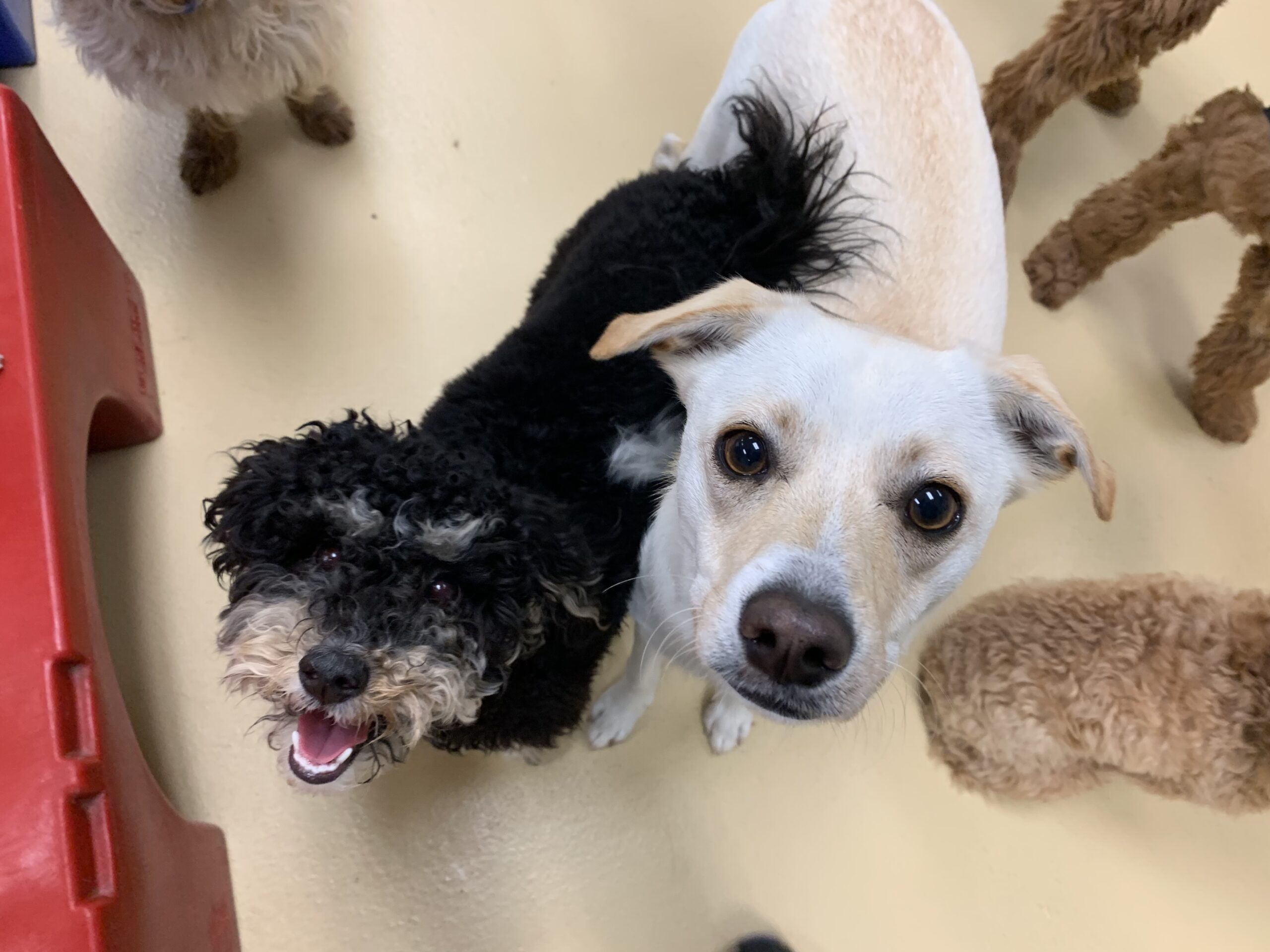Potty training your small dog can seem like a daunting task, but it doesn't have to be!
With the right approach and positive reinforcement techniques, you can make the process easy and stress-free for both you and your tiny tot. In this blog post, we'll provide you with some helpful and must-do tips on how to potty train your small dog using positive reinforcement techniques.
Tip 1: Establish a Routine
One of the most important steps in potty training your small dog is establishing a routine. Dogs thrive on routine, and a consistent schedule will help them learn when it's time to go outside to do their business. Start by setting a regular feeding schedule, and take your dog outside right after each meal. Make sure to praise and reward your dog when they go potty outside!
Tip 2: Choose a Potty Area
You will need to choose an area either in your yard or around your home where you want your dog to go potty. Dogs like to have a place to go where they are comfortable, which is important in your potty training journey! Take your dog to this area every time you go outside for potty breaks. As long as you are consistent, they will start to associate this area with potty time.
Tip 3: Use Verbal Cues
Use verbal cues to help your dog understand what you want them to do. Choose a simple phrase, such as "go potty" or "get busy," and use it consistently every time you take your dog outside. This will help your dog understand what you want them to do and make potty training easier.
Tip 4: Reward Good Behavior
Positive reinforcement is essential when potty training your little pup! Praise and reward your dog every time they go potty outside. You can use treats, verbal praise, or a combination of both to reward good behavior. This will help your dog associate going potty outside with positive experiences and reinforce good habits.
Tip 5: Be Consistent
Consistency is key when potty training your tiny tots. Stick to a regular routine, use the same verbal cues, and reward good behavior consistently. This will help your dog understand what you expect from them and make potty training easier!
Tip 6: Supervise Your Dog
Supervision is important when potty training your small dog. Keep an eye on your dog at all times, and utilize a tool like using an "umbilical cord" (keeping a leash on them at home) to get them outside quickly. Be sure to watch for signs that they need to go potty. These signs may include sniffing around, circling, or whining. When you see these signs, take your dog outside to their designated potty spot immediately!
Tip 7: Use a Crate as a Potty Training Tool
While it is always good to be supervising your dog, there are times when you will need to focus on other things, and that is where the crate comes in! Using a crate can help prevent accidents inside and will encourage your dog to hold their bladder. Choose a crate that is the appropriate size for your dog, with enough room for them to stand up, turn around, and lie down comfortably. Introduce your dog to the crate gradually, using treats and positive reinforcement to create positive associations.
With small dogs especially, it can be tricky to tell if they have pottied somewhere they are not supposed to. Keeping them in their crate will eliminate the possibility of them marking your home. Be sure to take your dog outside to their designated potty spot immediately after they are let out from the crate, and reward them when they do their business outside!
Remember, we want the crate to remain a positive learning tool and experience. It's important not to leave your dog in the crate for too long, as this can cause anxiety and stress.
Tip 8: Clean up Accidents
You may read this step and say "DUH!" but accidents will happen, even with the best potty training techniques. If your dog has an accident inside, clean it up immediately with an enzymatic cleaner to eliminate any odor. Avoid using ammonia-based cleaners, as these can actually attract dogs to the same spot to go potty again.
Potty training your small dog using positive reinforcement techniques may take some time and effort, but it's worth it in the end.
With a consistent routine, positive reinforcement, and plenty of patience, you can teach your dog to go potty outside and avoid accidents inside. Remember to be consistent, reward good behavior, and supervise your dog at all times to make the potty training process go quickly and smoothly!

